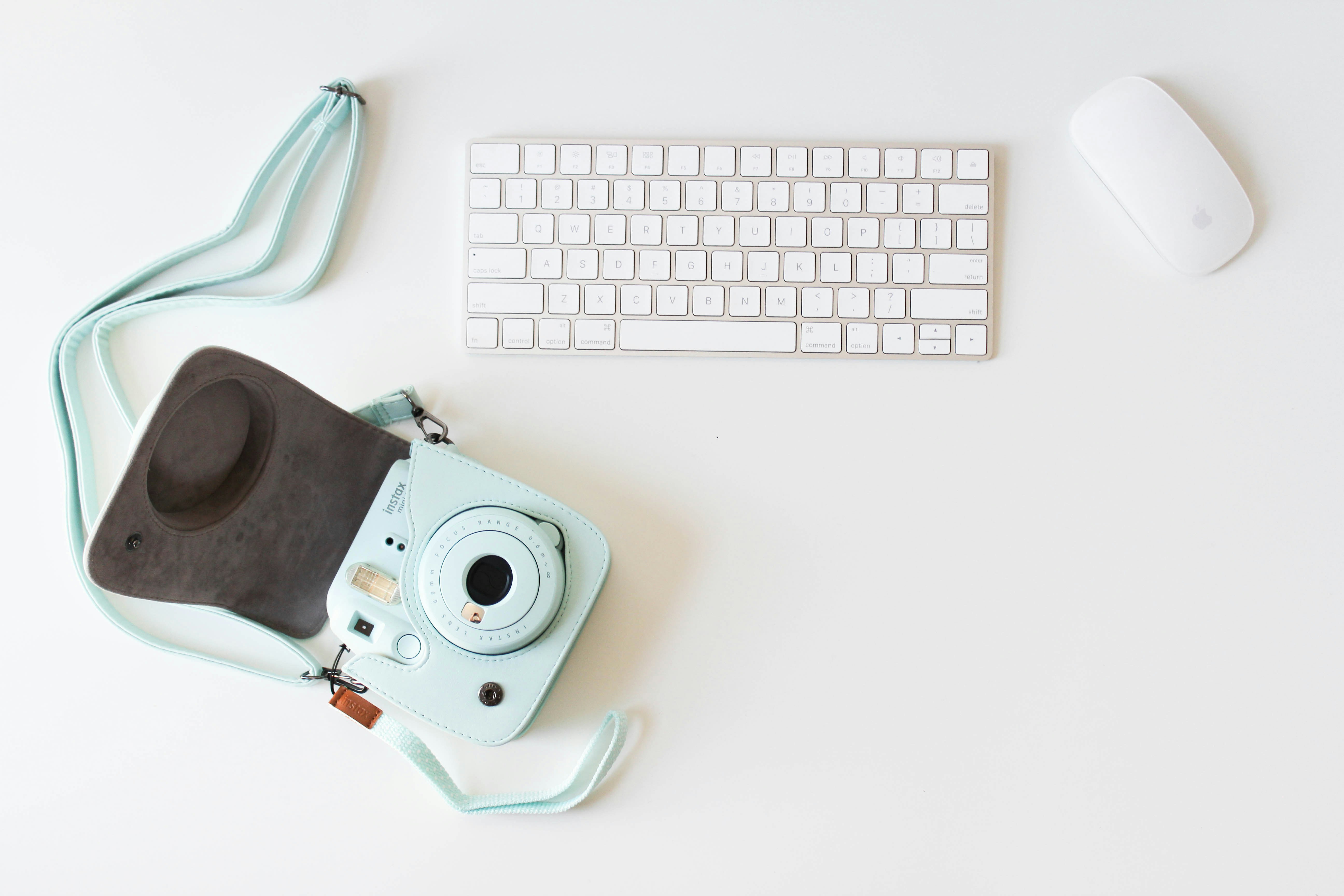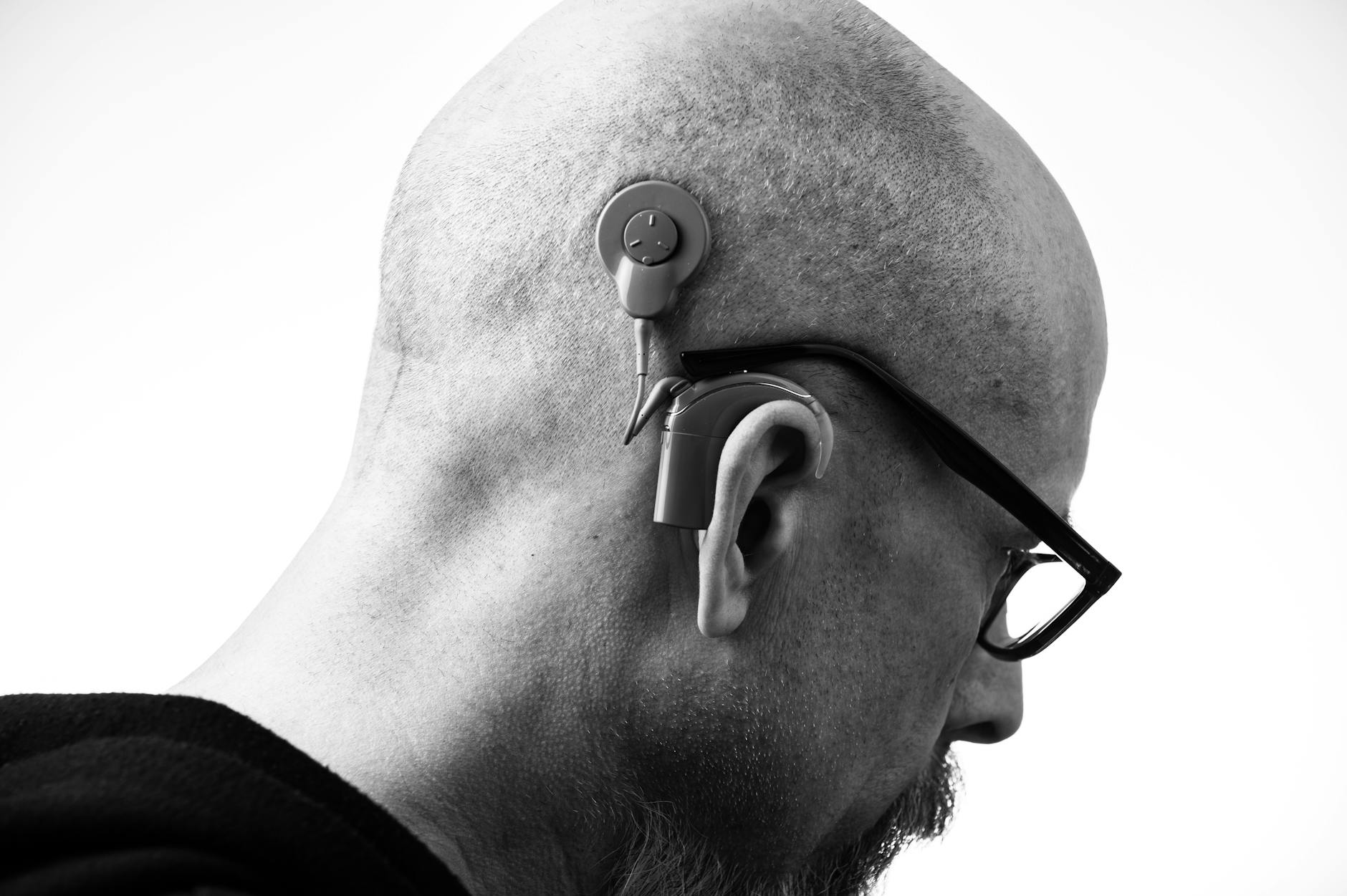Does your brain feel cooked after a day of video calls—even when you barely talked? That’s not imaginary. Remote work shifts huge communication load to your ears and brain. The good news: with a few smart tweaks, you can make speech pop, slash listening effort, and protect your hearing while you work.
Why your ears feel wiped out after calls
Speech comprehension is a team sport between your ears and brain. On video calls, the odds are stacked against both:
- Compressed audio shaves off fine details that help us decode consonants.
- Room echo and background noise smear speech, reducing the signal‑to‑noise ratio (SNR) your brain needs.
- Cheap laptop mics, inconsistent internet, and talking over each other add glitches your brain has to repair on the fly.
- Headphones at higher volumes for hours add up to extra "sound calories" your ears must metabolize.
Result: you spend more cognitive energy to get the same meaning. That’s listening fatigue. Now let’s fix the inputs so your brain can coast.
Step 1: Tame your room (quick, affordable wins)
You don’t need a studio. You need less echo and less competing noise.
Reduce echo
- Soft surfaces: Add a rug, curtains, a cushy chair, or a bookshelf with irregular items. They absorb and scatter sound.
- Wall help: A few acoustic panels or even a decorative quilt on the wall opposite your face can noticeably reduce slap‑echo.
- Desk hack: A felt desk pad and a plant or two break up reflective surfaces near your mic.
- Clap test: Clap once and listen. A crisp, single clap is good; a fast "ping‑ping" means add more soft stuff.
Reduce competing noise
- Shut doors and windows; face away from noisy streets or HVAC vents.
- Schedule the loud stuff: dishwasher, laundry, lawn care—avoid during meeting blocks.
- If you share space, a simple “on-air” light or sign cuts interruptions (and background chatter).
Step 2: Pick the right headset (comfort + clarity + safety)
Headsets are the keyboard for your ears. Choose on purpose:
- Over‑ear, closed‑back: Great isolation and comfort for long days. They usually deliver clearer speech and let you run lower volume.
- In‑ear with good seal: Small and portable; choose models with active noise canceling (ANC) and enable volume‑limit features.
- ANC: Helpful if your space is noisy. It lowers the background without cranking the volume. Turn on sidetone (hearing a bit of your own voice) to avoid shouting.
- Microphone placement: A boom mic near your mouth beats laptop mics. Colleagues hear you better, which reduces talk‑overs and repeats.
- Wired vs Bluetooth: Wired is low‑latency and reliable. Bluetooth is convenient; choose codecs with stable call quality and multipoint if you juggle devices.
- Comfort check: Cushions, headband pressure, and heat matter. If it hurts, your listening will, too.
Safety note: Your goal is the lowest comfortable volume that still feels relaxed, not strained. If your headphones leak enough sound that someone across the room can hear the call, it’s too loud.
Step 3: Make your software work for you
Zoom, Teams, Meet—they all hide helpful audio settings:
- Noise suppression: Turn it on for speech‑only meetings. It can clean keyboard clicks, AC noise, and mild echo.
- Echo cancellation: Keep this enabled unless you’re using professional routing. It prevents audio loopbacks.
- Turn on live captions: Captions reduce listening effort and act as a safety net for muffled moments. Bonus: they improve accessibility for everyone.
- Audio profile: Use "Speech" or "Optimize for speech". Only use "Original sound" for music lessons or high‑fidelity needs.
- Output EQ: If your app or OS allows, bump the 1–4 kHz range slightly; that’s where consonants live (the difference between "cat" and "cap").
- Shortcut sanity: Learn mute/unmute and push‑to‑talk. Fewer chaotic moments means fewer repeats.
Step 4: Manage your daily sound exposure
Even moderate sounds add up over hours. Health agencies recommend keeping long‑term exposure in a safe zone.
- Volume target: For all‑day calls, aim around the 50–60% device volume range with ANC or a quiet room. You should hear comfortably without leaning in.
- Device safety features: Enable Headphone Safety (iOS), volume limiter, and weekly exposure reports. They nudge you before you drift into risky territory.
- Break rhythm: Try the 50/10 rule—50 minutes on, 10 minutes in quiet. Your ears and concentration will thank you.
- Quiet budget: If you have a noisy workout or commute, keep work calls calmer and quieter to balance your day’s “sound diet.”
If you notice ear ringing after work, muffled hearing that evening, or the urge to crank the volume day by day, treat that as feedback from your auditory system. Dial back volume, improve isolation, and consider a check‑in with an audiologist.
Step 5: Wearing hearing aids? Supercharge your setup
Modern hearing aids and remote work can be an excellent combo with the right settings:
- Direct streaming: Many aids stream calls from your computer or phone. Ask your audiologist about pairing stability, audio routing, and whether to stream to one or both ears.
- Programs for calls: A dedicated "Speech in quiet" or "Streaming" program can emphasize clarity and reduce background hiss. Fine‑tune gain in the 1–4 kHz region and consider reducing low frequencies for cleaner speech.
- Remote mics: A clip‑on or tabletop remote microphone placed near your laptop speaker or meeting room partner makes voices pop with less effort.
- Telecoil and conference rooms: If your office or coworking space has a hearing loop, a telecoil program can be magical for clarity.
- Comfort and occlusion: If your own voice booms in your head during calls, ask about venting options, occlusion management, or lowering low‑frequency gain in streaming programs.
Pro tip: Book a brief virtual follow‑up with your audiologist after your first week of heavy calls. Bring notes and 2–3 sample recordings. Small adjustments often deliver big clarity gains.
Step 6: Meeting culture that protects everyone’s ears
Your setup can be great and still fall apart if the meeting culture is noisy. Advocate (kindly) for these:
- One mic rule: Whoever speaks uses a headset or a close mic. No more “talking to the laptop from across the room.”
- Mute when not speaking: It cuts distraction and helps the active speaker’s SNR.
- Fewer cross‑talk moments: Use hand‑raise features or short pauses between speakers.
- Captions on by default: Normalizes accessibility and helps non‑native speakers.
- Room responsibility: If a team member is in a reverberant space, ask them to move to a softer room or call in by phone.
Quick checklist: today’s 10‑minute upgrades
- Turn on captions and noise suppression in your meeting app.
- Place a rug or throw blanket near your desk; close a curtain.
- Switch to a headset with a boom mic (or borrow one to trial).
- Enable your device’s volume limit and exposure alerts.
- Set calendar reminders for 10‑minute quiet breaks each hour.
When to get extra help
It’s smart—not scary—to involve a pro. Consider a hearing test or audiology consult if you notice:
- Persistent ringing or fullness after workdays.
- Needing captions for every call even in quiet conditions.
- Turning volume up week by week to follow normal meetings.
- Pain, pressure, or frequent ear infections.
An audiologist can check your hearing, tailor device settings for remote work, and suggest assistive tech that fits your workflow.
The bottom line
Remote work doesn’t have to be an endurance sport for your ears. Treat sound like you treat posture: set up your environment, choose the right tools, and build in recovery time. Your reward is less fatigue, clearer conversation, and more energy left for life after the laptop.
Further Reading
- Hearing at Work: Accommodations, Tech, and Tactics That Make Your Job Easier (Hearing Loss) - Auracast Is Coming: How Bluetooth LE Audio Will Transform Hearing in Public Places (Technology) - Listening Fatigue Is Real: Use Your Hearing Aids to Spend Less Energy on Every Conversation (Hearing Aids) - OTC Hearing Aids, Done Right: Self‑Fit, Save, and Know When to Get Help (Hearing Aids)Frequently Asked Questions
Do noise‑canceling headphones protect my hearing on long call days?
They can help. By reducing background noise, ANC lets you keep volume lower, which reduces overall exposure. They aren’t ear protection in the industrial sense, and high volumes can still be risky. Aim for the lowest relaxed volume, enable your device’s volume limiter, and schedule quiet breaks.
What’s a safe volume for hours of meetings?
There isn’t a one‑number fits all, but a practical target is 50–60% on most devices in a quiet room with a good seal or ANC. Enable Headphone Safety or volume‑limit features, and watch weekly exposure reports. If your ears ring or feel muffled afterward, that’s a sign to reduce volume and improve isolation.
Is over‑ear better than earbuds for calls?
Often yes. Over‑ear closed‑back headsets isolate better, sound clearer for speech, and can be more comfortable for long stretches—letting you use lower volume. Good in‑ear models work too, especially with ANC and a proper seal. The best choice is the one you can wear comfortably for hours at a lower volume.
I wear hearing aids. Should I stream calls directly to them?
Direct streaming can make speech very clear because sound bypasses room noise. Ask your audiologist to set up a streaming program tuned for speech, check pairing stability with your devices, and consider a remote mic for hybrid meetings. If you feel occluded or your own voice is booming, mention it—small programming tweaks can fix that.



